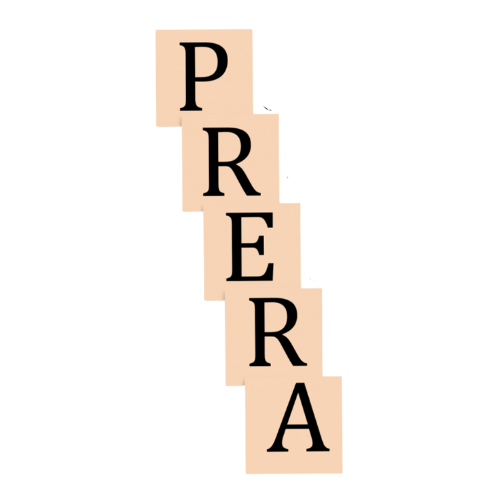Category: Gardening
-
Help make the Palace Road Estate bloom!
Over the past months volunteers have come together to restore our raised beds, and care for our fruit trees. We’ve got lots more opportunities coming up for everyone to get […]
-
Join us to help look after our fruit trees!
Saturday 24th February from 10am outside The Hive Cafe. Open Orchard Project are coming to the Palace Road Estate to help us look after our fruit trees. We’ll learn how […]
-
Summer flowering meadows are coming to the Palace Road Estate
Lambeth Bee Roads is working to enhance the borough for people and wildlife. Flowering meadow creation is planned for this spring along Coburg Crescent – endorsed by PRERA. The scheme […]
-
New community garden
Have you always thought that something useful should be done with the patch of waste ground at the junction of Roupell Road and Christchurch Road? Well now is your chance […]
-
The hedge is completed
After three days of work, eight volunteers from the gardening group have managed to plant all 420 trees that make up our new hedge. The hedge is made up of […]
